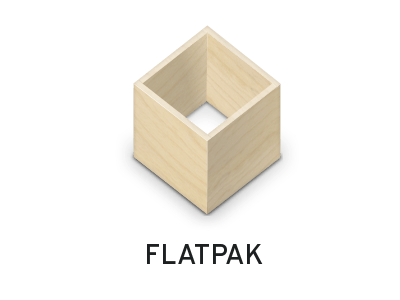How To Install Flatpak on Rocky Linux 8

In this tutorial, we will show you how to install Flatpak on Rocky Linux 8. For those of you who didn’t know, Flatpak is a utility for software deployment and package management for Linux and makes installing applications easy for the user by eliminating version conflicts. Flatpak was initially developed by Alexander Larsson and was initially released back in September 2015. Later it was endorsed by Red Hat, Endless Computers, and Collabora. It is now actively maintained by an independent community composed of contributors, volunteers, and supporting organizations.
This article assumes you have at least basic knowledge of Linux, know how to use the shell, and most importantly, you host your site on your own VPS. The installation is quite simple and assumes you are running in the root account, if not you may need to add ‘sudo‘ to the commands to get root privileges. I will show you the step-by-step installation of the Flatpak on Rocky Linux. 8.
Prerequisites
- A server running one of the following operating systems: Rocky Linux 8.
- It’s recommended that you use a fresh OS install to prevent any potential issues.
- SSH access to the server (or just open Terminal if you’re on a desktop).
- A
non-root sudo useror access to theroot user. We recommend acting as anon-root sudo user, however, as you can harm your system if you’re not careful when acting as the root.
Install Flatpak on Rocky Linux 8
Step 1. The first step is to update your system to the latest version of the package list. To do so, run the following commands:
sudo dnf check-update sudo dnf update sudo dnf install dnf-utils
Step 2. Installing Flatpak on Rocky Linux 8.
By default, Flatpak is available on Rocky Linux 8 base repository. Now run the following command below to install the Flatpak package to your system:
sudo dnf install flatpak
Next, we add a repository so that it could fetch the packages from Flathub to install on the Rocky Linux system you are using. For that use the command, given below:
sudo flatpak remote-add --if-not-exists flathub https://flathub.org/repo/flathub.flatpakrepo sudo dnf update
As soon as you’re done installing Flatpak and the Flatpak plugin on your system, the next thing to do is perform a reboot:
sudo reboot
Step 3. Using the Flatpak Utility on Rocky Linux.
The process is simple; at first, search for the desired application on Flatpak using the flatpak search command, followed by providing the application ID:
sudo flatpak search app-name
For example:
sudo flatpak search spotify
The basic syntax to install applications using Flatpak is flatpak install applicationID. So, the command to install Spotify will be:
sudo flatpak install com.spotify.Client
For example, to remove the Spotify app, run the following command:
sudo flatpak uninstall com.spotify.Client
You can list all the installed Flatpak applications with the below command:
flatpak list
Congratulations! You have successfully installed Flatpak. Thanks for using this tutorial for installing the Flatpak on your Rocky Linux 8 system. For additional help or useful information, we recommend you check the official Flatpak website.